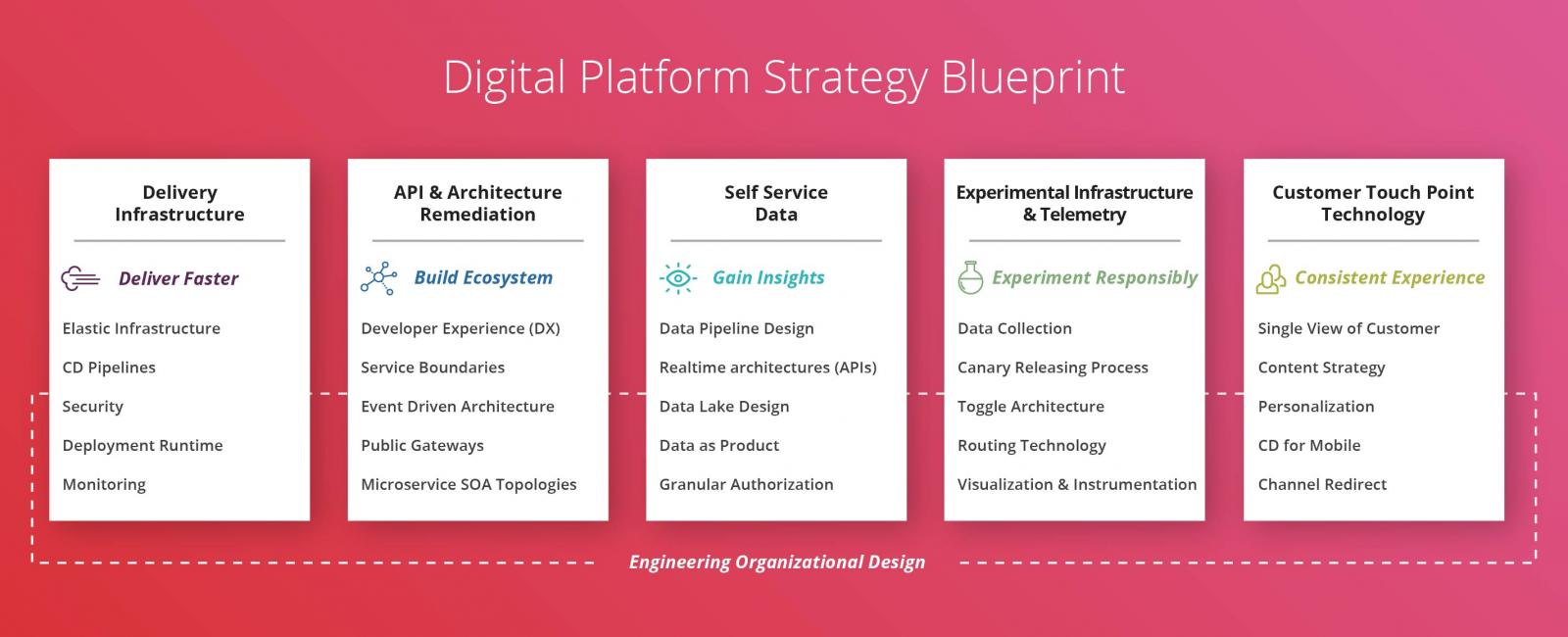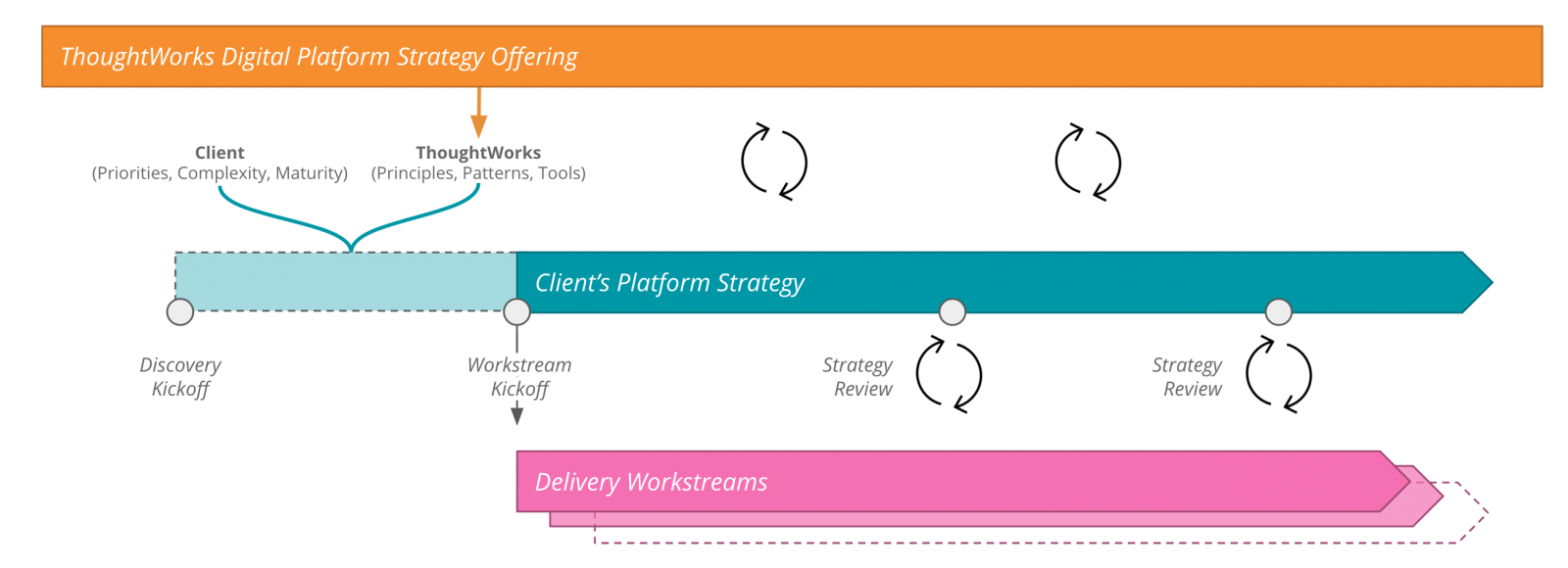Programming languages
The New Tech Industry Macro Trends

All organizations have an innate innovation capability
But yours may be so knotted up with organizational complexity and technology delivery friction that it’s less painful to stick to business as usual. How do you know? If progress becomes mired in departmental finger pointing, or your best people are busy just keeping things up and running, innovation is suffering. This wasted energy costs time and competitive advantage, it creates frustrating experiences for your customers, and ultimately drives tech talent out the door.


Disclaimer: The statements and opinions expressed in this article are those of the author(s) and do not necessarily reflect the positions of Thoughtworks.
